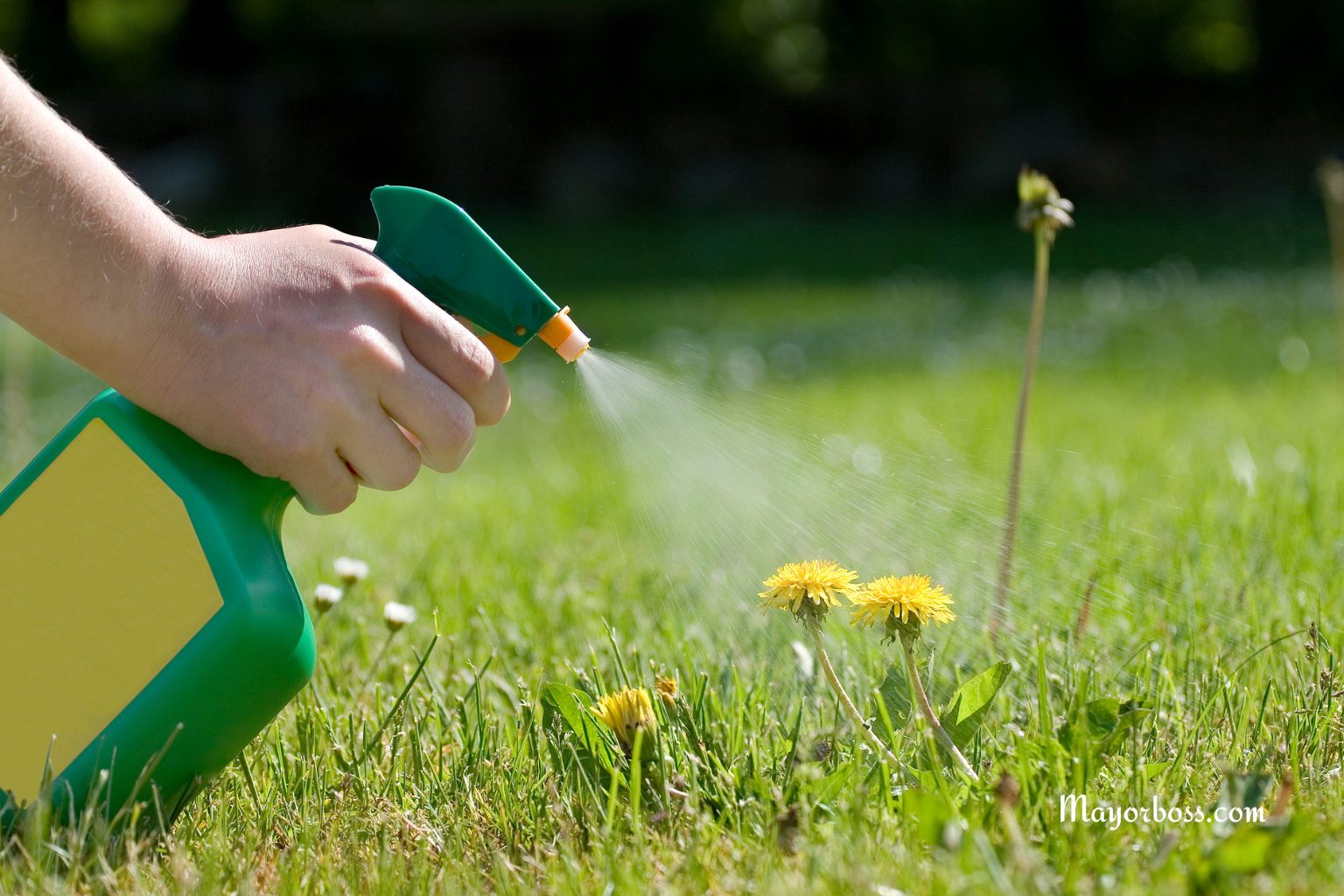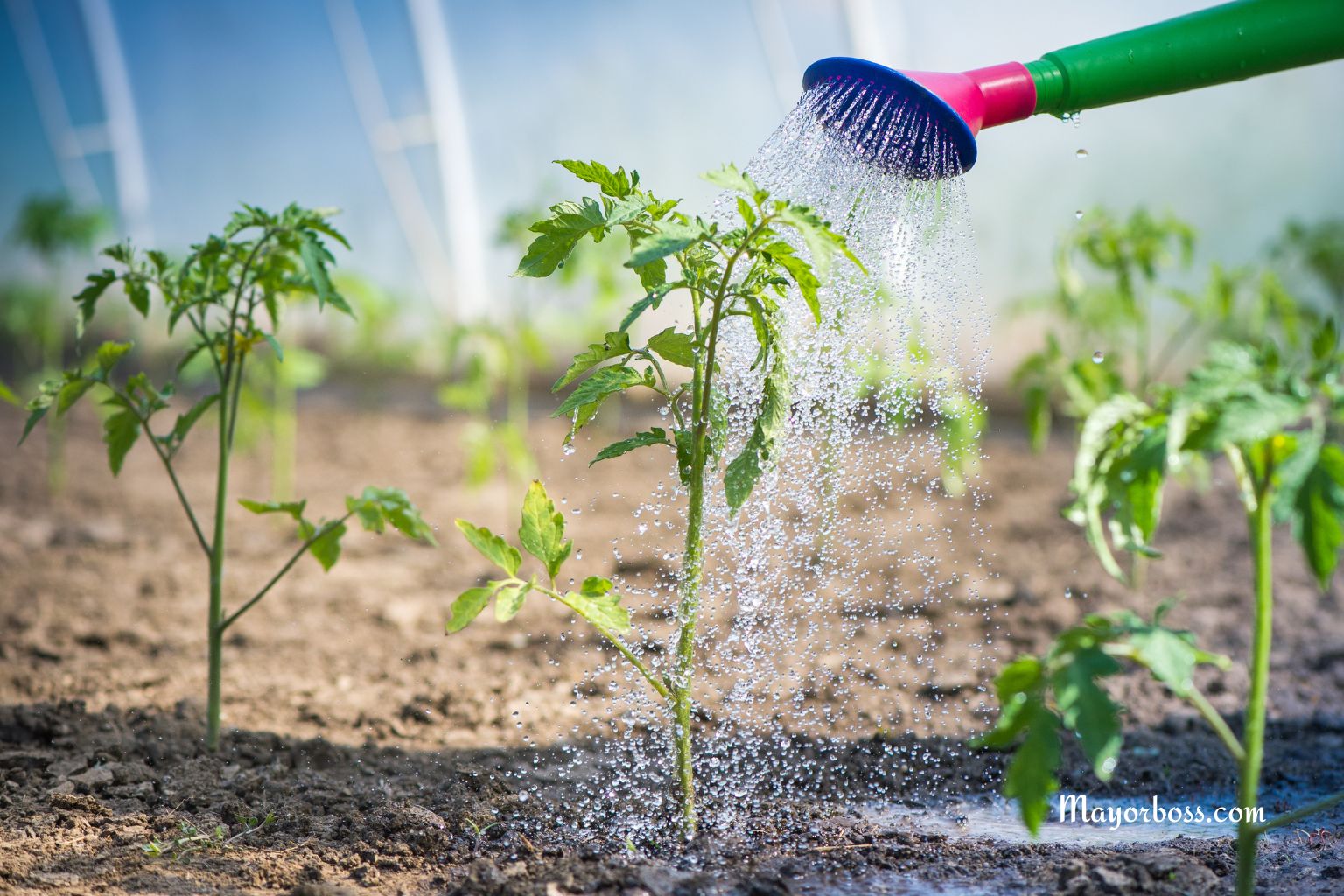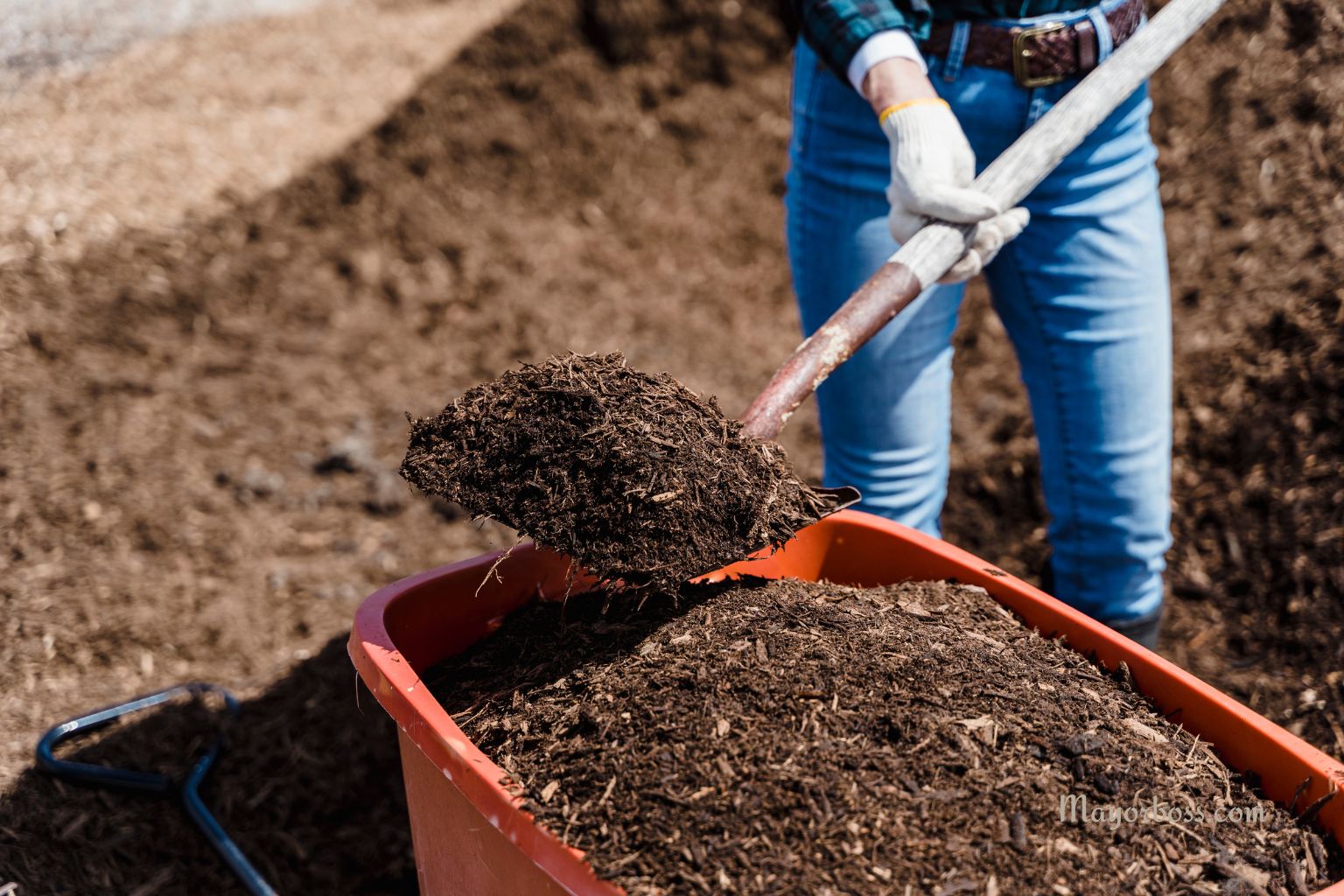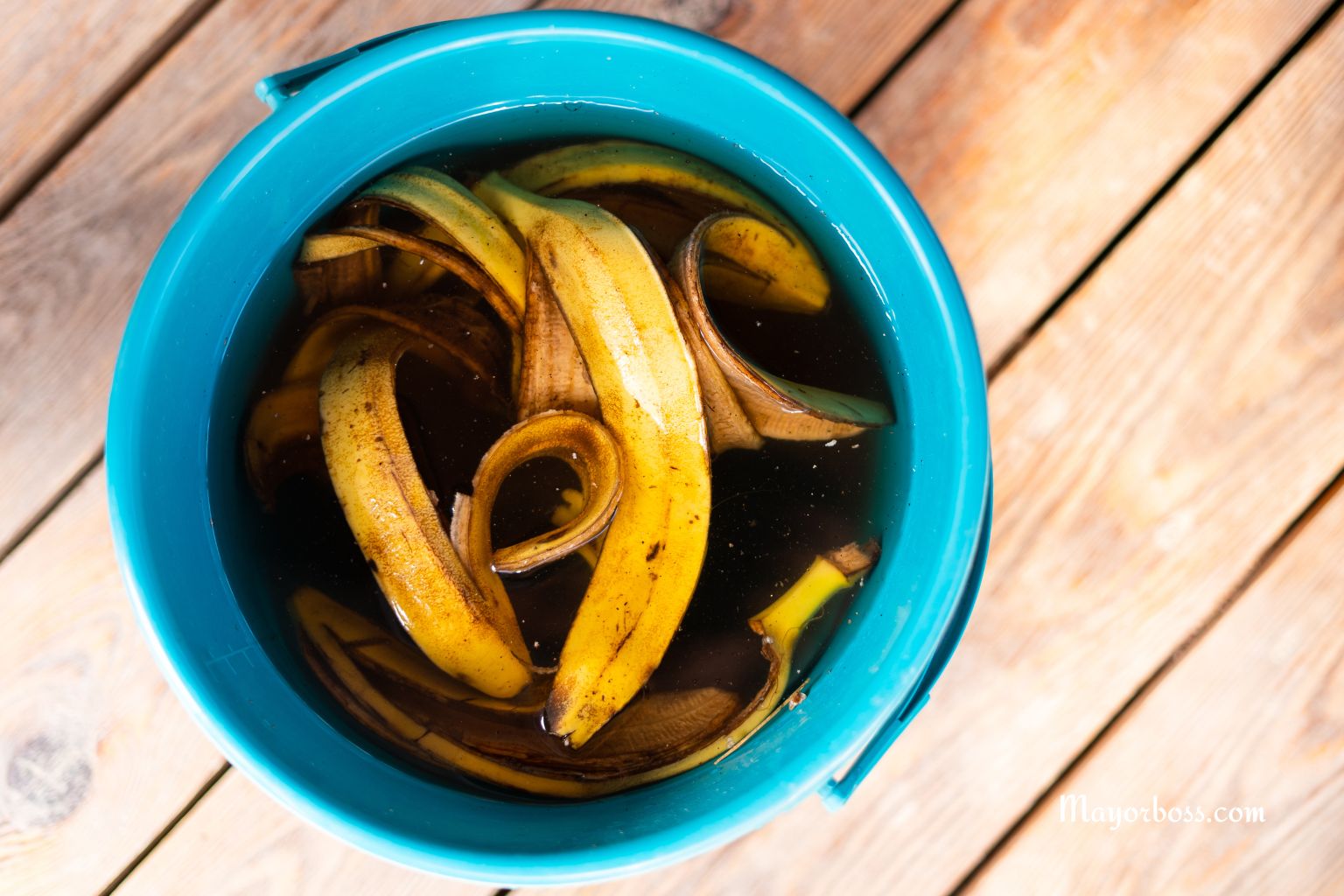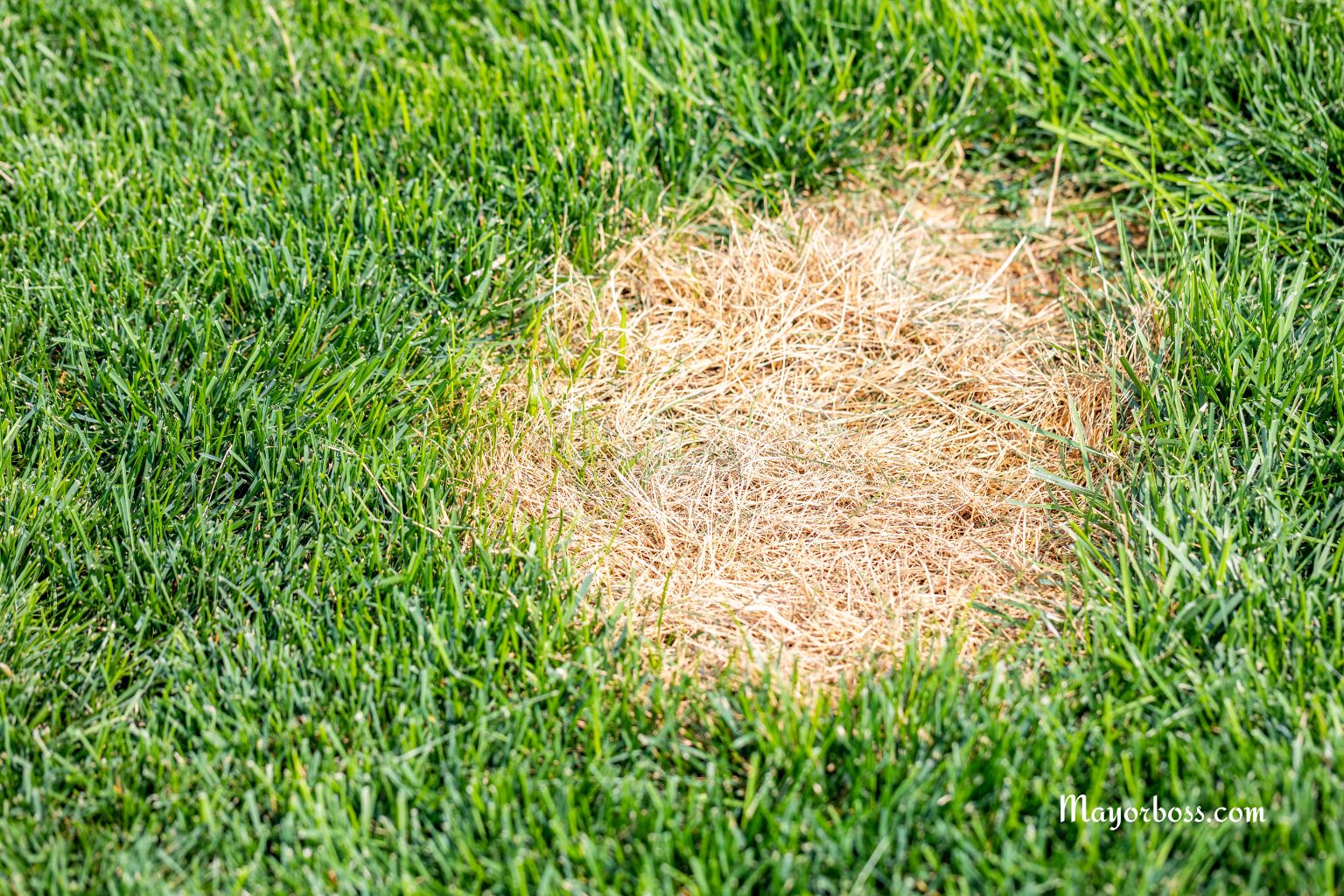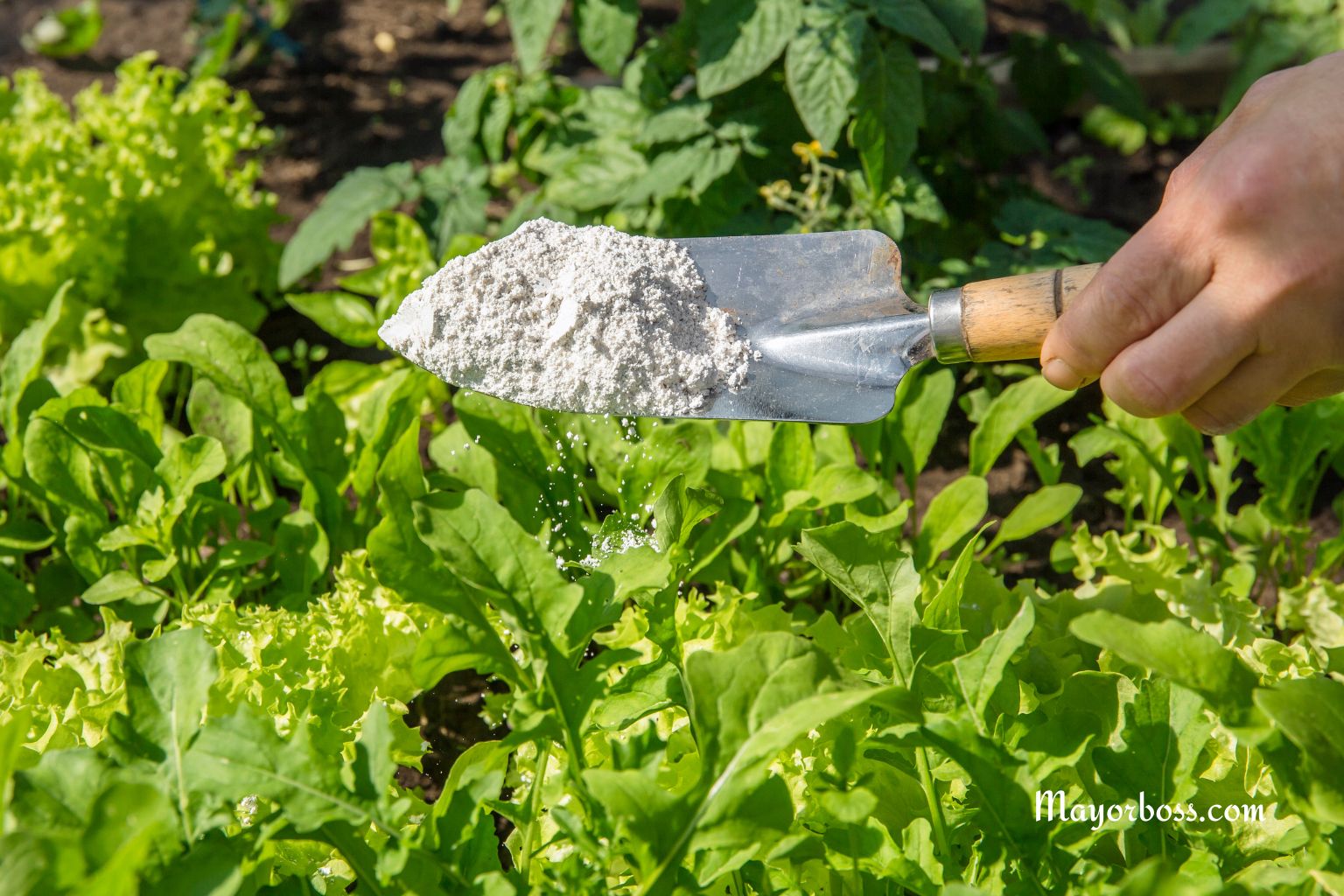How to Use Coffee Grounds in Garden for Improving Plant Growth
You can use coffee grounds in the garden as a soil amendment, mulch, or compost ingredient. They add nutrients, improve soil texture, and can benefit plant growth when used in moderation.
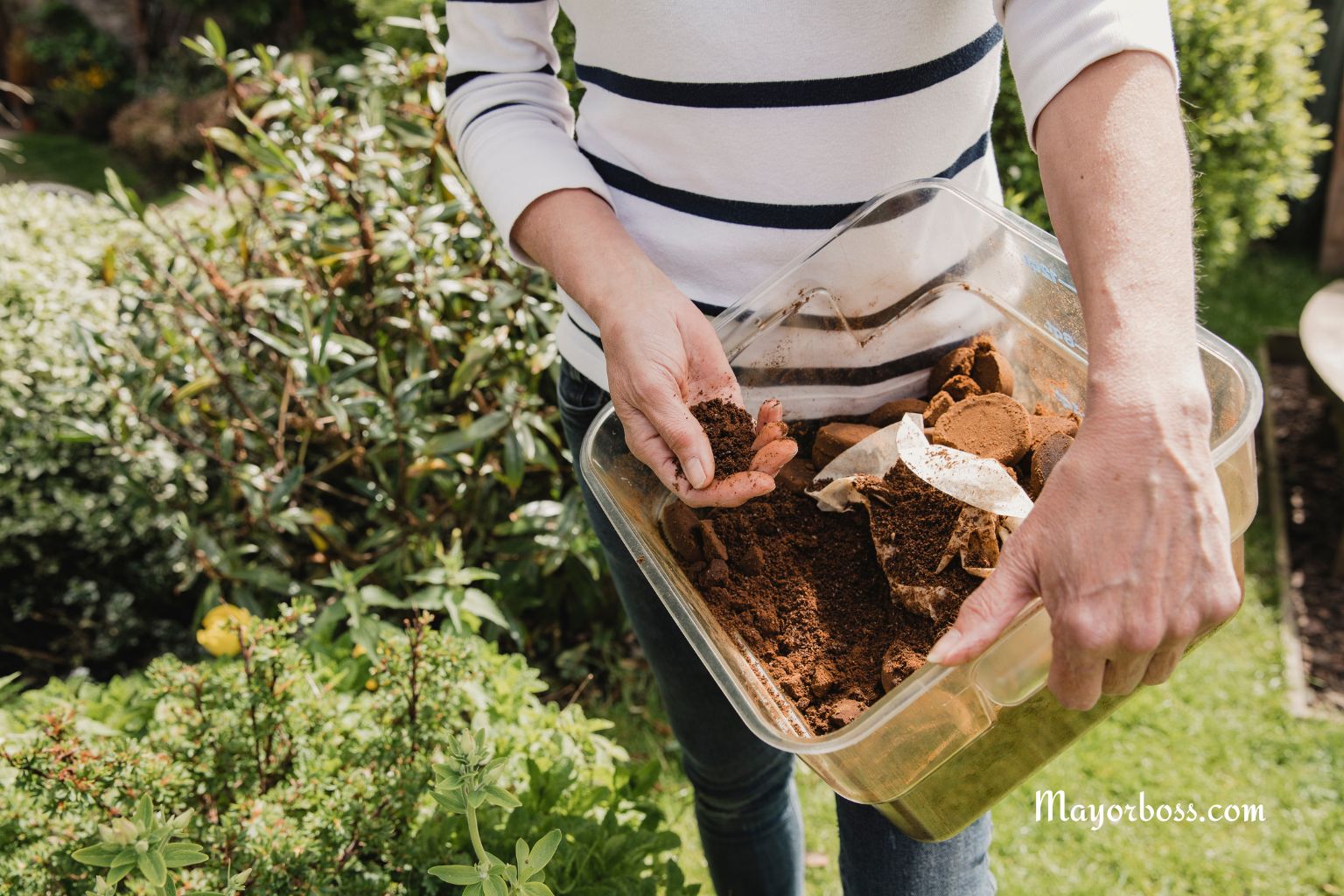
Many people start their day with a cup of coffee. But did you know that your leftover coffee grounds can help your garden, too? Used coffee grounds are more than waste. They are a valuable resource for improving plant growth in a natural and sustainable way. In this article, I will explain how to use coffee grounds in your garden safely and effectively.
What Makes Coffee Grounds Helpful for Plants?
Coffee grounds are rich in organic matter. They contain small amounts of nitrogen, phosphorus, potassium, and trace minerals. These nutrients support healthy plant growth. When added to soil, coffee grounds improve texture, help retain moisture, and encourage beneficial soil life.1
However, it’s important to use them correctly. Too much can cause problems. Let’s look at the right ways to use coffee grounds for your plants.
1. Add Coffee Grounds to Your Compost Pile
One of the easiest ways to recycle coffee grounds is to add them to your compost bin or pile. Coffee grounds are considered a “green” material because they are rich in nitrogen.
- Mix coffee grounds with “brown” materials, such as dry leaves, straw, or shredded paper.
- Aim for a balance: about one part green to three parts brown.
- Coffee grounds help compost break down faster and can reduce odors.
Once the compost is finished, use it to enrich your garden beds.
2. Sprinkle Coffee Grounds Directly on Soil
Experts recommend that you use a small amount of coffee grounds directly on the soil around your plants.
- Apply a thin layer—about half an inch or less.
- Lightly mix the grounds into the top layer of soil to prevent clumping and mold.
- Avoid piling thick layers, as they can compact, block water, and cause root problems.
Used this way, coffee grounds act as a mild fertilizer and soil conditioner.
3. Use Coffee Grounds as Mulch, But With Caution
Mulch protects soil, keeps roots moist, and helps control weeds. Coffee grounds can be part of a mulch blend, but never use them alone in thick layers.2
- Mix coffee grounds with other materials like wood chips or dry leaves.
- Spread a thin, even layer around plants.
- This mixture will slowly release nutrients and keep the soil healthy.
4. Make a Liquid Fertilizer with Coffee Grounds
You can make a gentle “tea” for your plants using used coffee grounds.
- Place about 1 cup of used coffee grounds in a bucket of water (about 2 gallons).
- Let it steep for 24 to 48 hours.
- Strain out the grounds and use the liquid to water your plants’ soil.
This provides a light nutrient boost and may attract helpful microbes.
5. Attract Earthworms and Improve Soil Life
Earthworms love coffee grounds. When you mix them into your garden soil, you invite more earthworms to your beds. Earthworms break down organic matter, aerate the soil, and improve drainage. Their presence is a sign of healthy soil.
What Plants Like Coffee Grounds?
Some plants benefit more than others from coffee grounds. Acid-loving plants, such as blueberries, azaleas, hydrangeas, and rhododendrons, may thrive with a little extra acidity.
However, most used coffee grounds are only slightly acidic, and after composting, they become almost neutral. Use caution with seedlings or plants that do not like rich, moist soils.
What to Avoid When Using Coffee Grounds
- Do not use fresh coffee grounds directly on plants. They can be too acidic and may harm sensitive species.
- Do not overdo it. Too many coffee grounds can stunt plant growth, block water, and attract mold.
- Avoid dumping thick layers in one spot.
Always use coffee grounds in moderation and mix them with other organic materials.
Do Coffee Grounds Repel Pests?
Some gardeners believe coffee grounds deter slugs, snails, and even cats. While there is some evidence that coffee grounds may discourage certain pests, they are not a guaranteed solution. For pest control, use them as one part of a larger strategy.3
Common Questions About Coffee Grounds in the Garden
Can I put coffee grounds on all my plants?
It’s best to use coffee grounds on established plants and avoid seedlings or delicate plants. Test on one plant first before using it widely.
How often should I use coffee grounds in my garden?
Apply a small amount every few weeks, or add them to your compost pile as needed. Monitor plant response.
Are coffee grounds safe for vegetables?
Yes, in small amounts. Mix into soil or compost and avoid direct contact with stems.
Will coffee grounds make my soil too acidic?
Used coffee grounds are only slightly acidic and, after composting, are almost neutral. They are safe for most garden soils.
Can I use coffee grounds from a coffee shop?
Yes. Used coffee grounds from a coffee shop are fine to use as long as they do not contain added flavors, sugars, or dairy products.
Takeaway
Used coffee grounds are a simple, natural way to improve your garden’s soil, support healthy plant growth, and reduce waste. When used in moderation, they add nutrients, boost soil health, and attract earthworms. Remember to balance them with other organic materials, avoid thick layers, and watch how your plants respond. With the right approach, your garden can benefit from your morning brew.
FAQs
1. Do coffee grounds help all plants grow better?
Not all plants benefit equally. Acid-loving plants enjoy coffee grounds, but always use a test area first.
2. How much coffee grounds should I use?
A thin layer (half an inch or less) or a cup per week mixed with compost is usually enough.
3. Are fresh coffee grounds good for plants?
Fresh grounds are very acidic and best kept for acid-loving plants or for the compost bin.
4. Can I use coffee grounds as the only mulch?
No. Use them mixed with other mulch materials to prevent compaction and moisture issues.
5. Do coffee grounds keep pests away?
They may help repel some pests, but results vary. Combine with other pest control methods for best effect.

